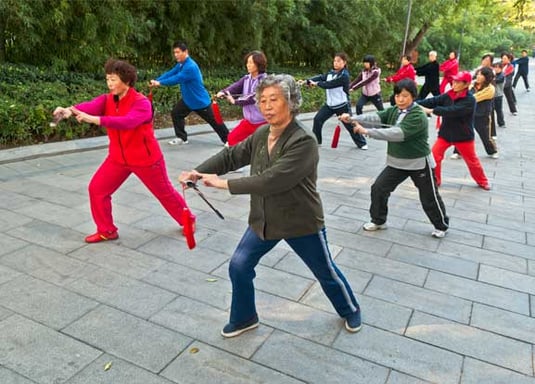The fine folks at AARP have once again produced an excellent and useful report for those of us in aging services who are always on the lookout for data, resources, and expert analysis. Released last month, the “Aging Readiness & Competiveness Report” accomplishes this on several levels: it helps us get a handle on  how the rest of the world is responding to their aging populations, it gives us a perspective on how other countries treat their elders, and it helps us better understand how to maneuver in the longevity economy.
how the rest of the world is responding to their aging populations, it gives us a perspective on how other countries treat their elders, and it helps us better understand how to maneuver in the longevity economy.
Developed in conjunction with FP Analytics, the report is lengthy but certainly worth a review. Following are some highlights that I hope will help you navigate it better:
- It’s divided into sections by the 12 countries it covers: Canada, Germany, Israel, Japan, Korea, the United Kingdom, the United States, Brazil, China, Mexico, Turkey, and South Africa.
- The countries were chosen because they are the largest economies by region, with the exception of Africa, where the largest upper middle-income economy was chosen. Together, they represent “61 percent of the global economy and nearly half of people aged 65 or older, and include a diversity of economic, social, and cultural contexts.”
- The countries are analyzed according to the pressures and opportunities each faces, as well as by their policy responses as they related to the following four pillars: Community Social Infrastructure, Productive Opportunity, Technological Engagement, and Healthcare and Wellness.
Regarding the latter item, this is where it gets interesting. The report offers a deeper dive into how each country is preparing for longer lifespans and declining birthrates. That said, here are some highlights:
- Community Social Infrastructure: As the authors point out, some of the most innovative projects around fostering social engagement, healthier lives and even economics returns can be found not in national policy but among local stakeholders such as municipalities, schools, and community organizations. In Japan, for example, the post office network in each community is being leveraged to conduct routine check-ins for older adults at a rather low cost.
- Productive Opportunity: Among other things, a number of countries have created flexible retirement policies that enable older adults to reduce their work hours in exchange for working later into their lives. The report also cites the recognition of ageism among employers as prevalent among both high-income and upper middle-income countries. While this is not a new phenomenon here in the U.S., it is heartening to see that it’s being addressed around the world. In the U.K., for instance, the Age Positive Initiative (API) is cited as exemplary because it offers employers a toolkit to address “retaining, retraining, and recruiting older workers, as well as guidance for employers and staff regarding a range of issues related to ageism in the workplace.” Also in the U.K., the Now Teach program aims to “start a movement of senior professionals [by] redeploying their skills in the classroom and teaching the children who need it most.”
- Technological Engagement: According to the report, digital literacy programs tailored specifically for older students have yielded better results than those that are designed to serve a broader audience. This may be obvious, but the report cites “particular success” in training technology-savvy older adults who then help their peers learn digital skills. Senior Planet is noted as a “pioneering community center network that has placed digital skills at the center of all its activities.” Based in New York City, the organization shares information and resources “that support aging with attitude, and helps people who were born long before the digital revolution to stay engaged and active by bringing a digital-technology focus to a range of topics.”
- Healthcare and Wellness: With only three countries of the 12 countries studied for the report requiring their citizens to have long-term care insurance, shortages in institutional capacity, and ever-present fiscal constraints, countries are looking to foster more home- and community-based care options. As in the U.S., many countries are turning to robotics and e-health as possible solutions to improve healthcare and remote access. In Korea, where Internet speeds are the fastest in the world, the nationwide broadband network is being leveraged to offer “more efficient and higher-quality care to its rural population” with services that include remote checkups.
Take the time to read as much of the report as you can, as it contains vastly more detailed information about policies, programs, and innovations in each of the countries examined. I promise you will find something of interest.
If you would like to raise the profile of your innovative services and products with a focused approach that is facilitated by experts in the longevity economy, contact Quantum Age today.